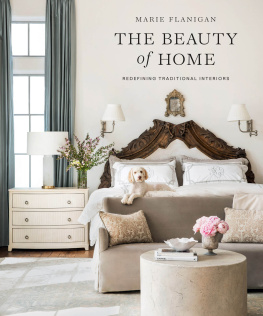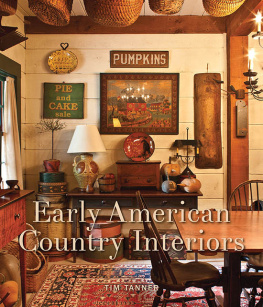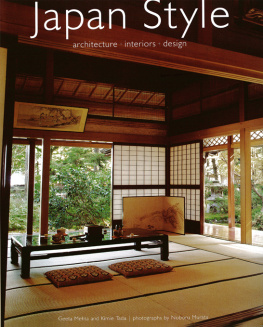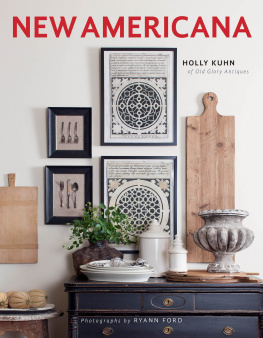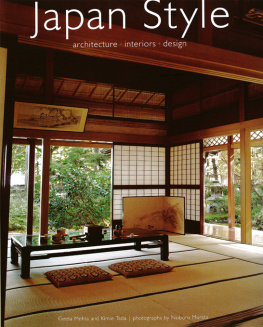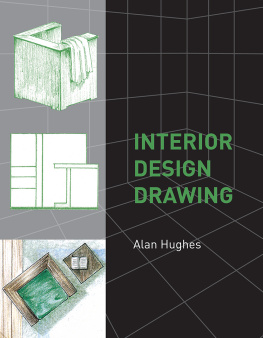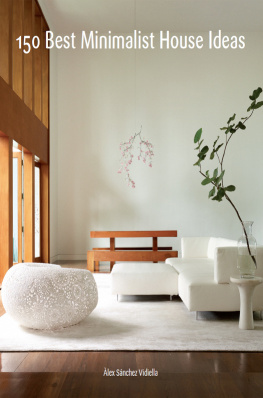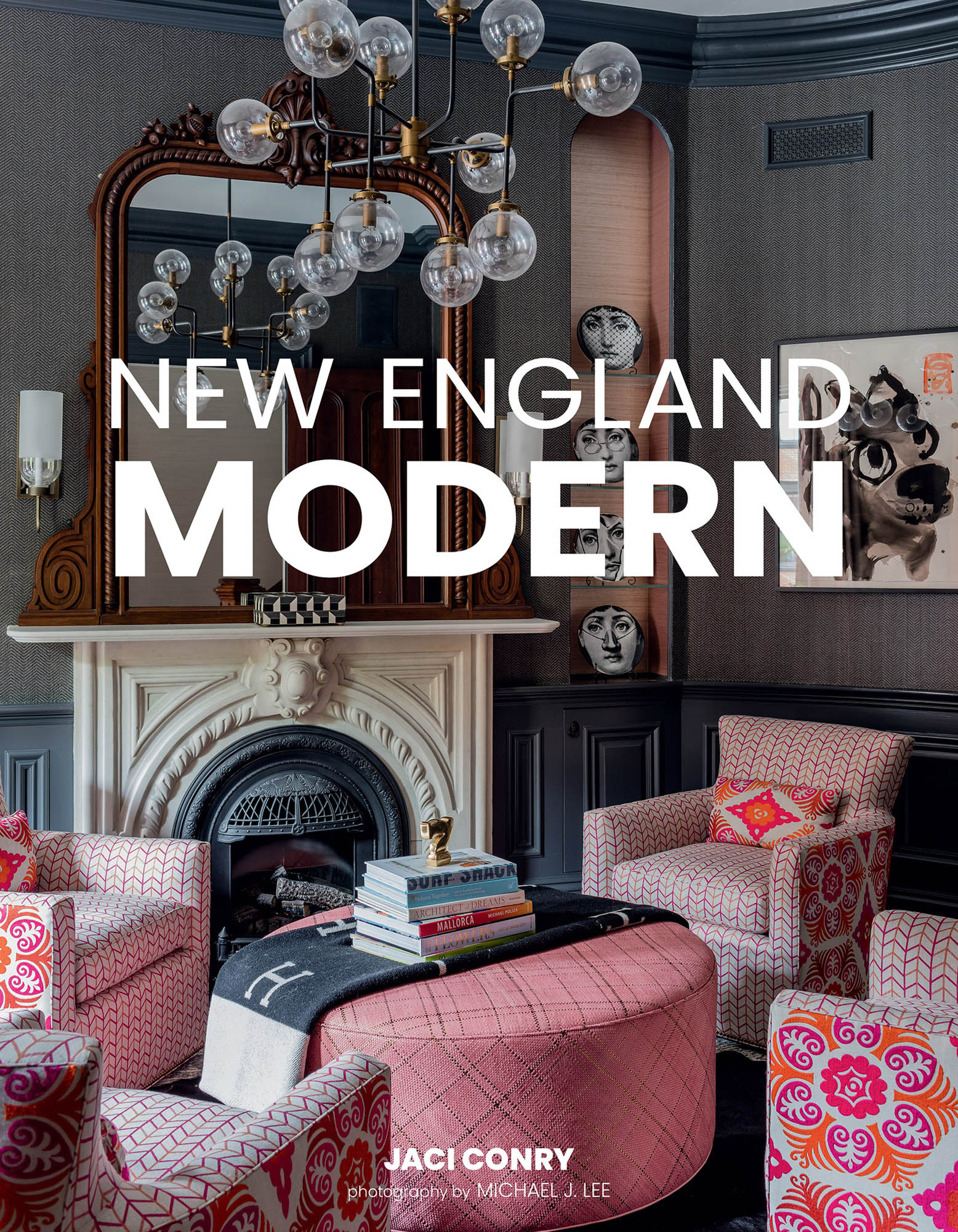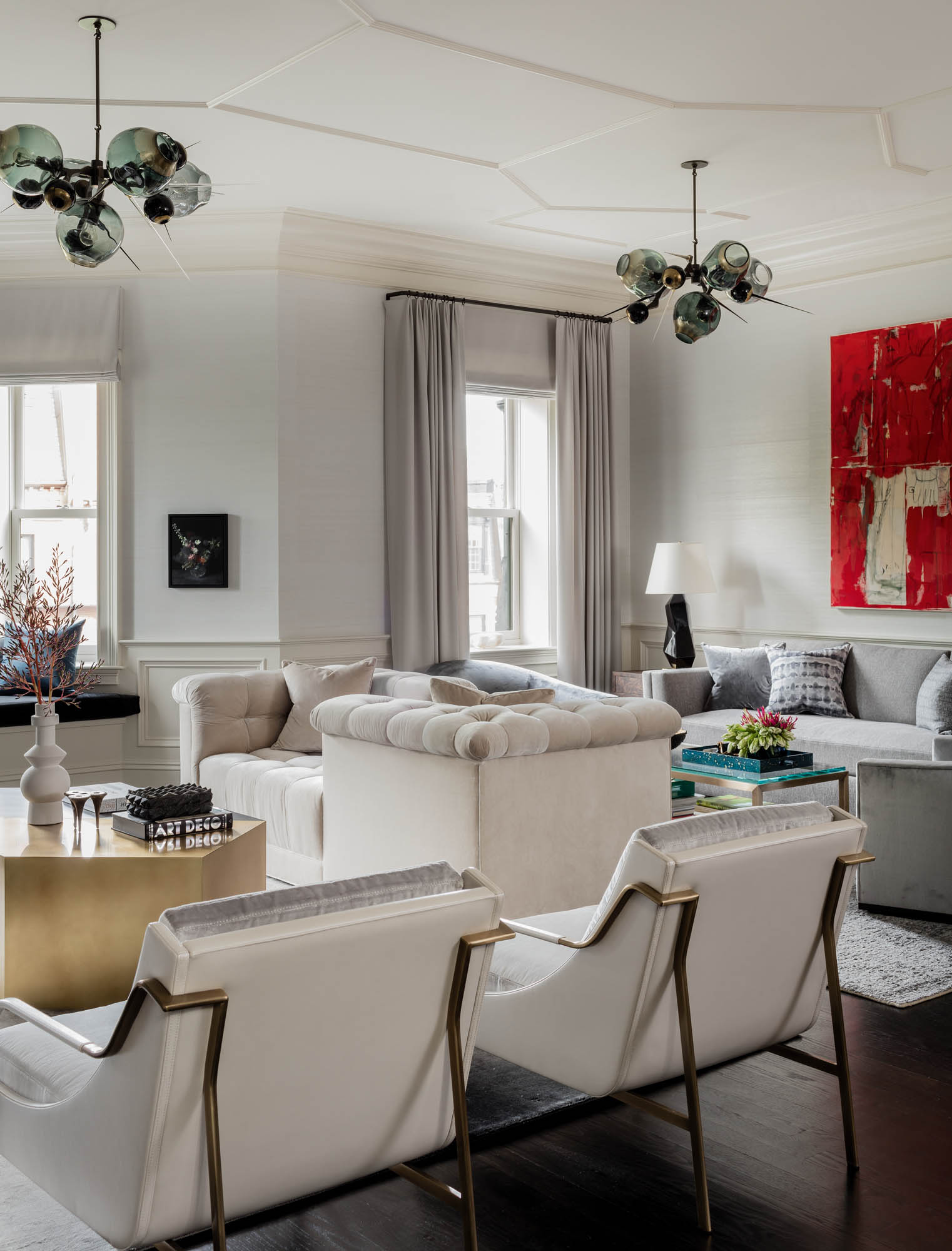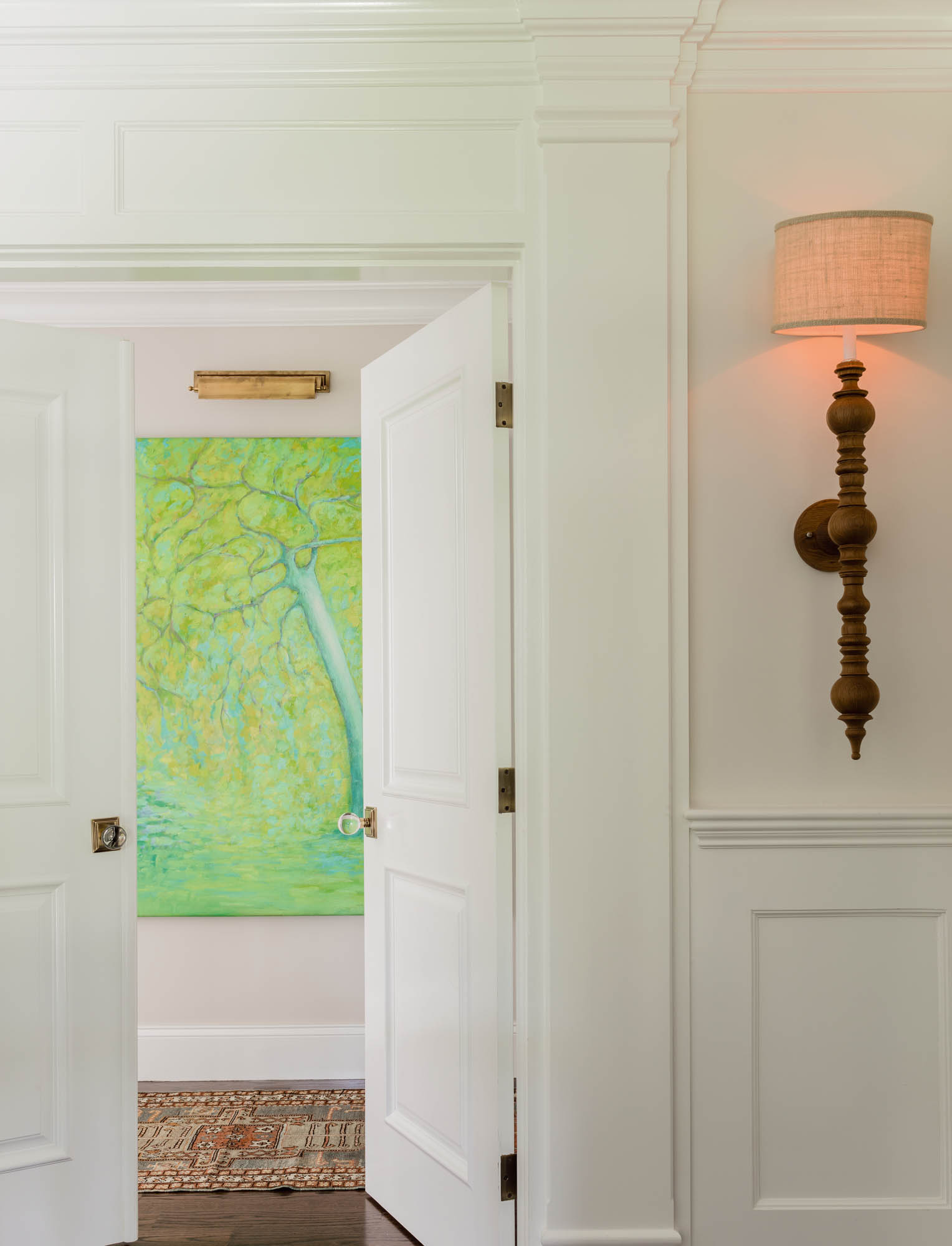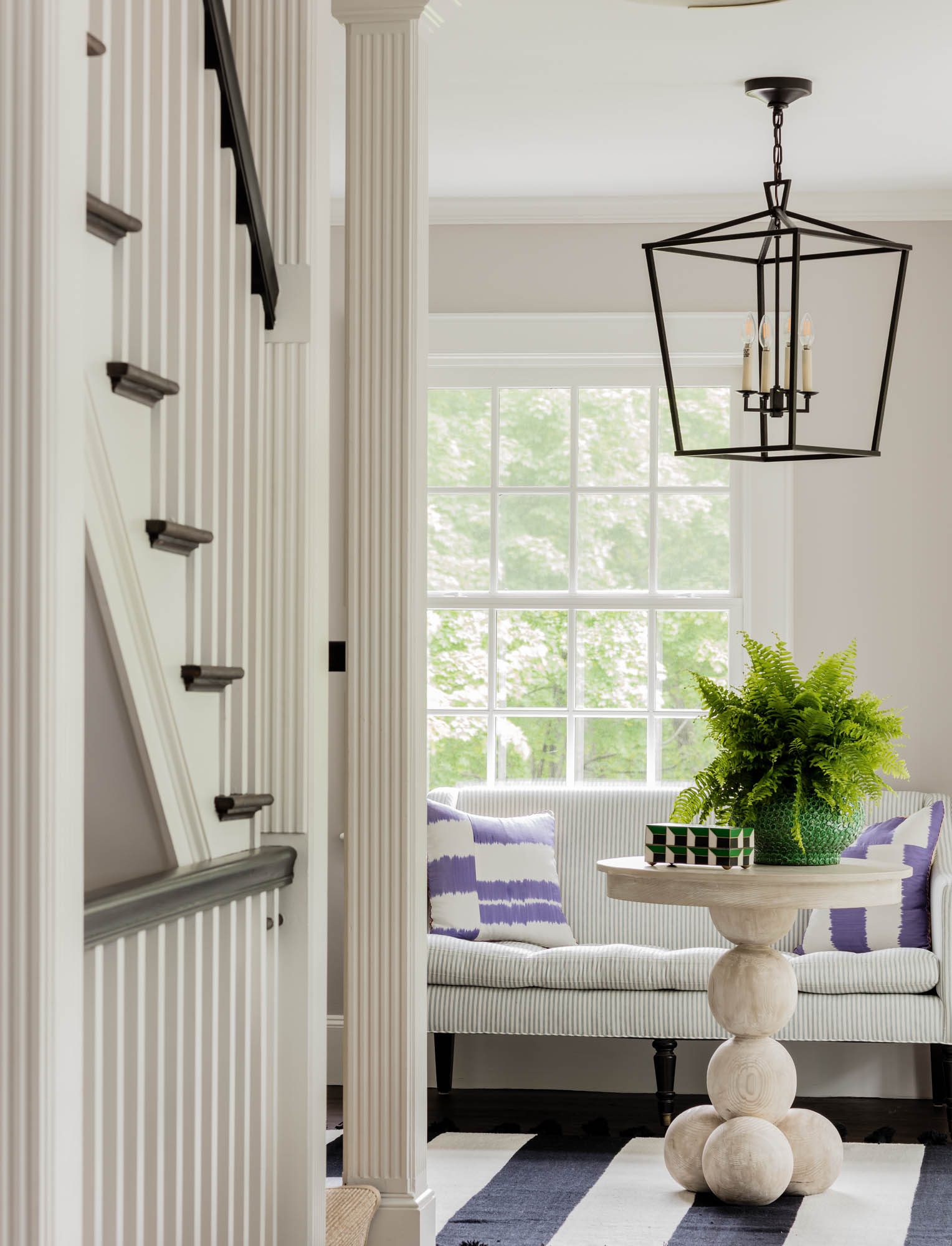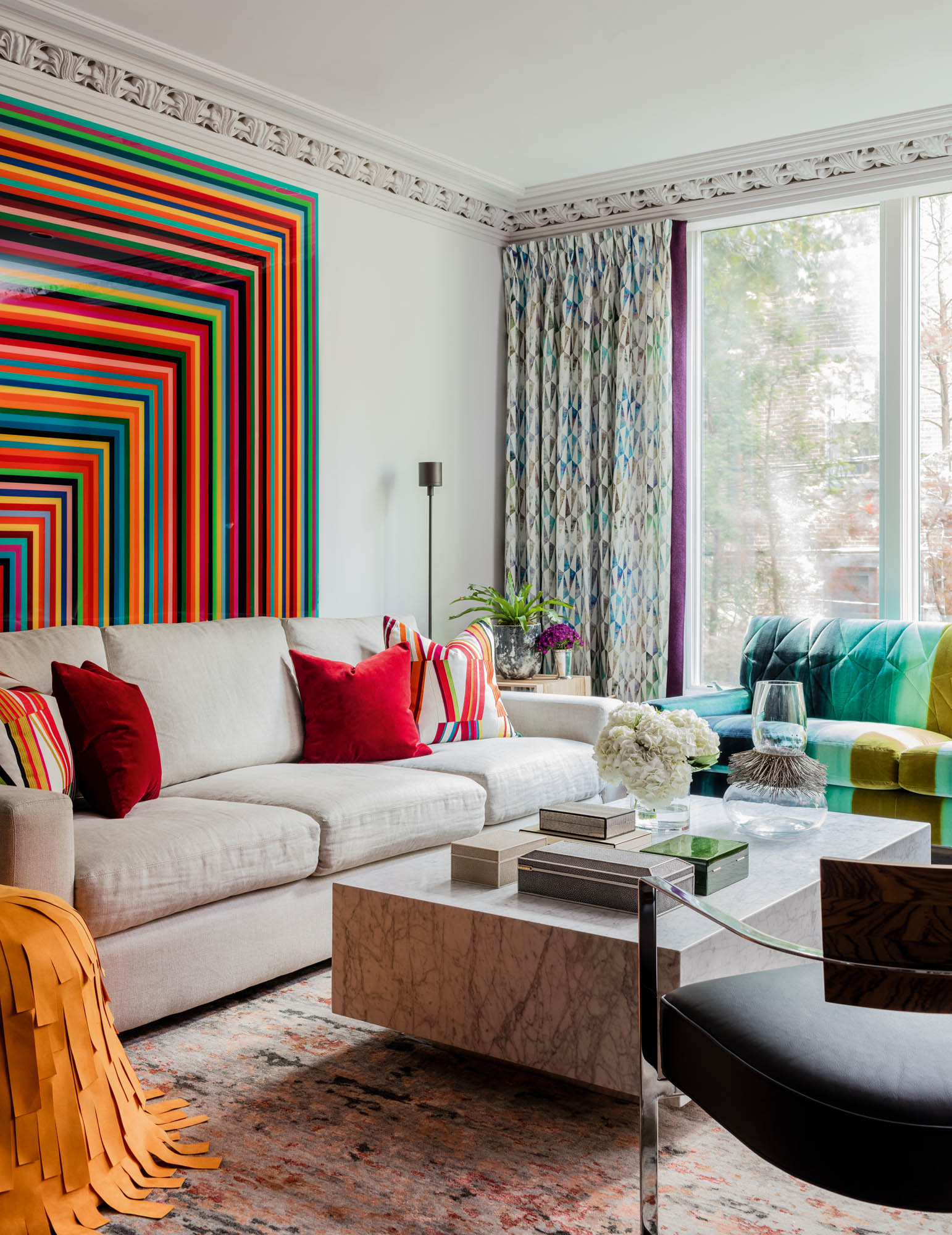New England
Modern
Jaci Conry
photography by Michael J. Lee
Living room design by Dee Elms.
Digital Edition 1.0
Text 2020 Jaci Conry
Photographs 2020 Michael J. Lee
All rights reserved. No part of this book may be reproduced by any meanswhatsoever without written permission from the publisher, except brief portionsquoted for purpose of review.
Published by
Gibbs Smith
P.O. Box 667
Layton, Utah 84041
1.800.835.4993 orders
www.gibbs-smith.com
Library of Congress Cataloging-in-Publication Data
Names: Conry, Jaci, author. | Lee, Michael J., 1971- photographer.
Title: New England modern / Jaci Conry, photography by Michael J. Lee.
Description: First edition. | Layton : Gibbs Smith, [2020] | Summary:
"Timeless architecture and craftsmanship fuses with modern dcorto create vibrant interiors for the twenty-first century. New England Modern highlightsinteriors created by ten New England designers that are bold and vibrant, with amodern feel and flow just right for today's homeowners"-- Providedby publisher.
Identifiers: LCCN 2019028942 | ISBN 9781423653981 (epub)
Subjects: LCSH: Interior decoration--New England. | Architecture,
Domestic--New England.
Classification: LCC NK2002 .C573 2020 | DDC 747.0974--dc23
LC record available at https://lccn.loc.gov/2019028942
For Mike, Max, and Emma; you are my forever home.
Hallway design by Jill Goldberg.
Entryway design by Liz Caan.
Contents
Living room design by Tom Egan and Josh Linder.
Introduction
I grew up in a ramblingwhite Greek Revival home built in the 1840s. Constructed for a seacaptain-turned-farmer, additions were made to the back of the house as his familyexpanded and the farm grew. Early on, a sprawling barn was built out back. Apple andpear trees took root in the front yard, and two horse chestnut trees were planted,which would one day reach epic heights, blossoming each May with brilliant clustersof showy white flowers.
By the time my parents bought the house in the 1980s, ill-conceivedrenovations and cosmetic updates that clashed with the architecture had distortedsome of its original character. But my parents saw past the drop ceilings, garishkitchen finishes, and fake wood-paneled walls. Theyd been entranced by the houseand couldnt imagine a place with more iconic New England appeal. Clad withclapboards and topped with a red cedar shingled roof, the stately black-shuttered,seven-gabled structure stood proud. The front porch beckoned to my parents with itssky blue painted ceiling and hand-carved scrollwork; they envisioned themselveslounging there on wicker furniture, reading the Sunday newspapers, sipping coffee,and taking in the neighborhood activity.
I was five when we moved in. It took my parents nearly a decade torestore and renovate the home, a process in which every room in the house waseventually transformed. An attorney with a passion for carpentry, my father spenthis weekends working on the house. He patched, plastered, and painted walls, andstripped, sanded, and stained the wide plank pine floors. He built a new hallway,removed the living rooms drop ceiling to reveal hand-hewn beams, and unearthedfireplaces that had been plastered over. While professionals did the majorrenovations, including the kitchens dramatic overhaul, my dads most ambitious soloproject was bringing a bedroom (which had been haphazardly transformed into abathroom in the 1960s) back to its original incarnation. The weekend he maneuveredthe old cast-iron tub down the front stairway, my mother opted to be out of town topreserve her sanity.
To be sure, fixing up that house was a labor of love. We livedconstantly in a work in progressthere were months when there seemed to be a layerof dust on every single surface. But after each projects completion, the housegleamed a little brighter and my familys connection to it grew deeper.
Back then, I learned that houses have stories to tell. On ourproperty, I found the edges and corners of the past: old coins, antique buttons, andyellowed newspapers from the early 1900s. Further evidence of the different livesled in our house came with the layers of frayed wallpaper and peeling paint, nicksin the moldings, and scratches on the leaded glass windows.
Watching my parents put their mark on our house instilled in me thenotion that our homes are everything to us. Far more than just spots to converge androoms to store our things, our homes hold our hearts. They protect and restore us.
Growing up, my dad taught me to recognize distinctive architecturaldetails and how to spot shoddy construction. I acquired practical skills byobserving him in his workshop out in the barn. As a nine-year-old, he let me strippaint off of some of those old doors, educating me about different types of woodgrains. For some reason, I soaked up his home design insights far more easily thanthe math homework he tried to help me with at the kitchen table.
My parents had an antique trunk filled with more than a decadesworth of House Beautiful magazines. Id spendafternoons flipping through the back issues, clipping pages with elements and roomschemes that captivated me. I slid these aspects to be included in my dream houseinto clear plastic sheets, which I organized in a three-ring binder. As a teenager,I investigated my friends houses, noting the way their parents had arranged thefurniture and displayed the things that were special to them. In college, whilejogging through the neighborhoods of Providence, Rhode Island, I observed housesconstantly, noting their style and condition, trying to glean details about theirinhabitants.
Its no surprise at all that I ended up with a journalism careercentered on telling house stories. Its been a perfect marriage, this pairing of mytwo passions: writing and design. My work has connected me to innumerable designprofessionals in New England: interior designers and architects, photographers,historians, craftsmen, artists, and many other talented folks. These days, as I tourhomes, learn about new design trends, and view new collections, Im often remindedof our regions origins.
New England lays claim to boundless bits of history. Here, the pastis everywhere, especially in the architecture. We are privileged to have such astoried housing stock that encompasses one of the most varied collections ofresidential architecture in the country. By studying the regional vernacular, itspossible to surmise how those before us lived, beginning with the austere woodenhomes that the earliest colonists constructed. As that period ended and theeighteenth century began, colonial simplicity gave way to more elegant Georgianswith grand staircases and foyers that stretched from the front to the back of thehouse. Soon came graceful, formal Federal-style homes, and by the mid-nineteenthcentury, gabled Greek Revivals were an increasingly popular style among NewEnglanders.


